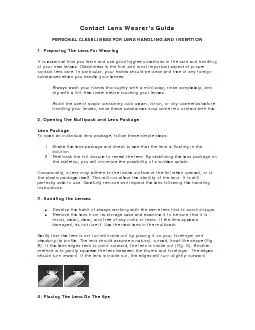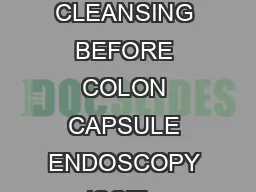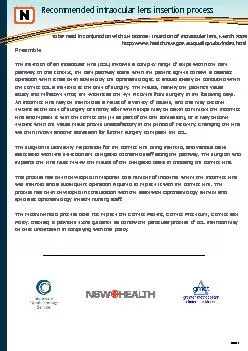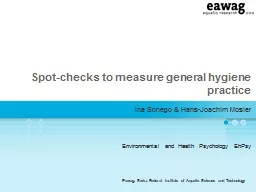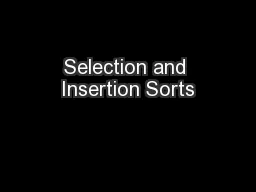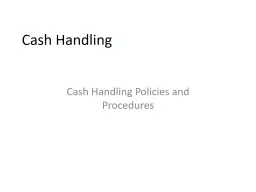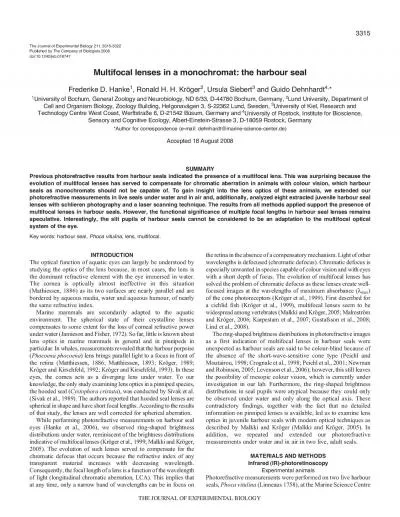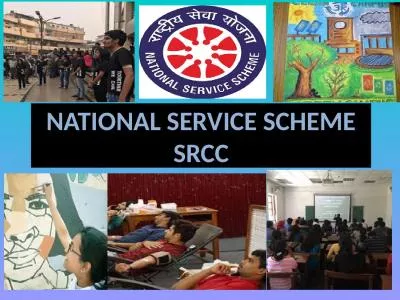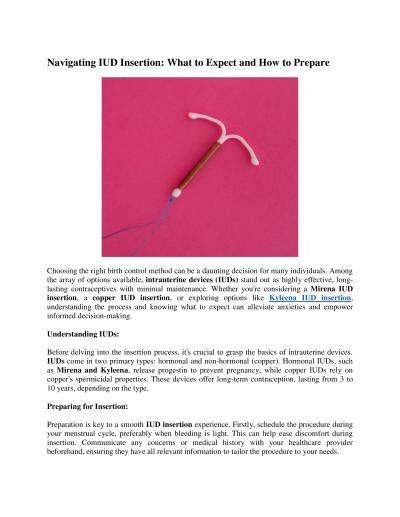PDF-PERSONAL CLEANLINESS FOR LENS HANDLING AND INSERTION 1. Preparing The
Author : danika-pritchard | Published Date : 2015-12-05
4 Placing The Lens On The Eye Remember start with your right eyelens package removed and examined the lens follow these steps to apply the lens to your eye Place
Presentation Embed Code
Download Presentation
Download Presentation The PPT/PDF document "PERSONAL CLEANLINESS FOR LENS HANDLING A..." is the property of its rightful owner. Permission is granted to download and print the materials on this website for personal, non-commercial use only, and to display it on your personal computer provided you do not modify the materials and that you retain all copyright notices contained in the materials. By downloading content from our website, you accept the terms of this agreement.
PERSONAL CLEANLINESS FOR LENS HANDLING AND INSERTION 1. Preparing The: Transcript
Download Rules Of Document
"PERSONAL CLEANLINESS FOR LENS HANDLING AND INSERTION 1. Preparing The"The content belongs to its owner. You may download and print it for personal use, without modification, and keep all copyright notices. By downloading, you agree to these terms.
Related Documents

